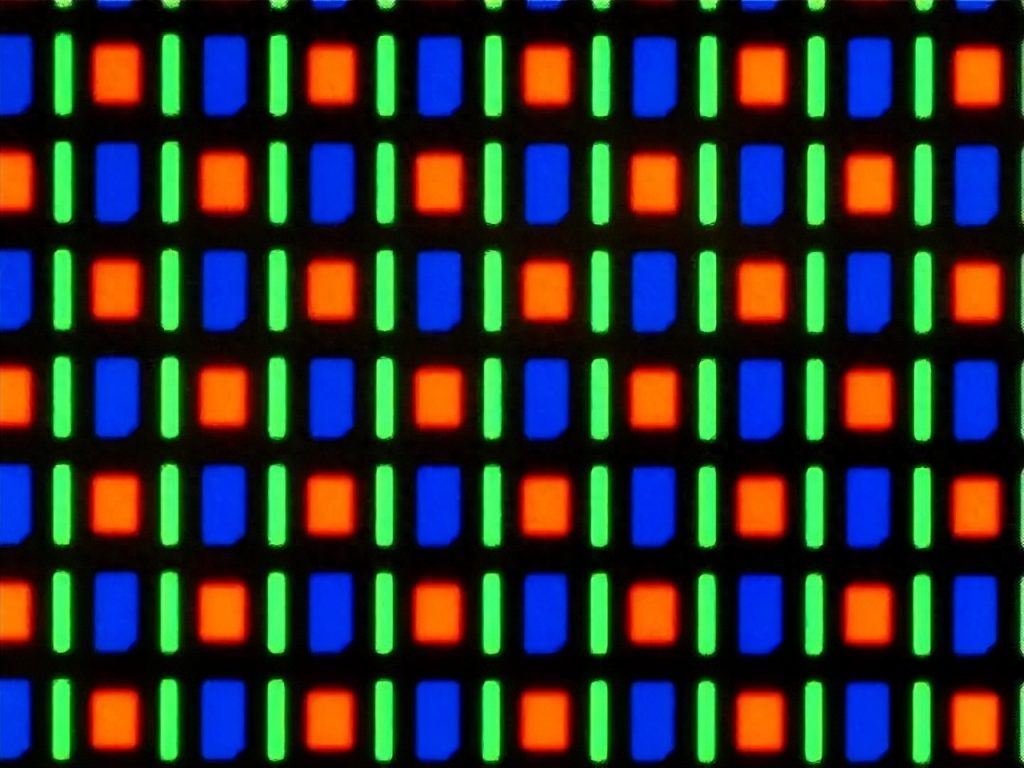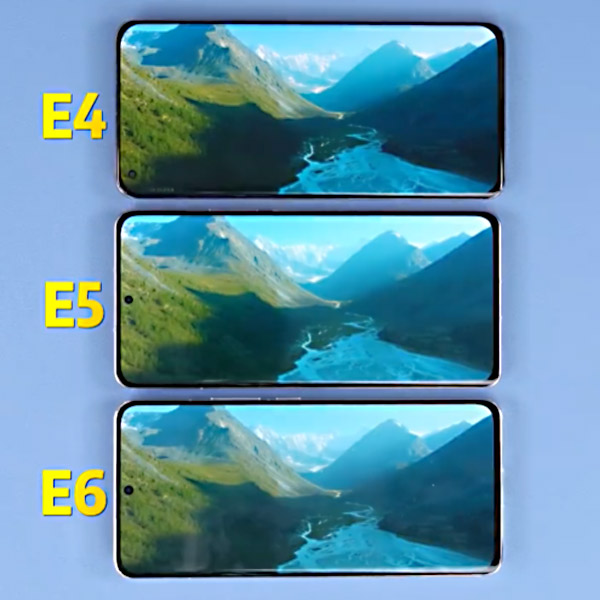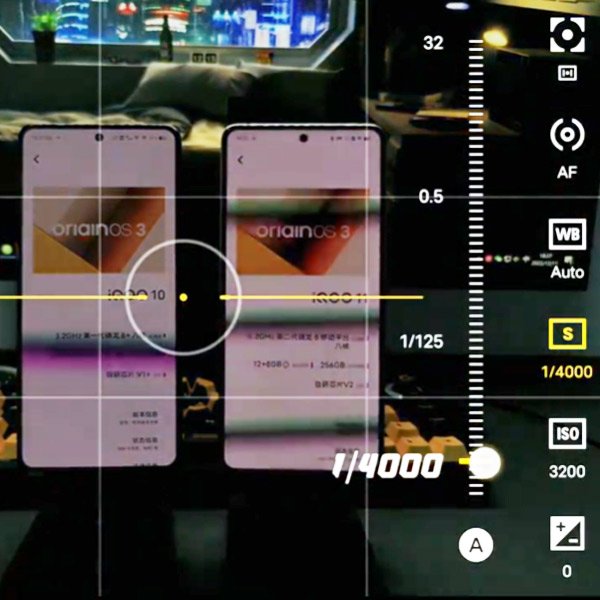E4, E5, and E6 are the names of the materials used in screen illumination. For OLED screens, the choice of illumination material is crucial, but the screen’s overall quality is not solely determined by the illumination material.

Changes from E4 to E6
One significant change in E5 compared to E4 is the introduction of microprism technology, which essentially gathers divergent light rays. This makes it easier to improve brightness when viewing the screen head-on. However, the trade-off is that when viewed at an angle, the screen’s brightness and color may suffer significant losses, resulting in a narrower viewing angle.

In the latest E6 illumination material, the primary upgrade is the use of more efficient illumination materials. This is done to correct the color deviations caused by the introduction of microprism in E5 screens. Additionally, power optimization is good news for many flagship smartphones with small screens, as it extends the device’s battery life.
The change from E6 to E5 focuses on mitigating the side effects of microprism, resulting in improvements in viewing angles and color accuracy.
Controversies and Differences Between E4 and E6
OnePlus caused some controversy when it introduced the E4 material in its new smartphone screens this year.

In terms of the main parameters, E6 material surpasses E4 material in terms of brightness and power consumption. For example, E6 can achieve a maximum brightness of 1200 nits globally and 1800 nits locally, while E4 corresponds to 800 nits and 1300 nits, falling behind. In terms of power consumption, E6 has a 20% optimization compared to E4, saving a significant amount of display power.
Apart from these two main differences, the performance of E4 and E6 materials is quite similar in terms of color depth, color gamut, contrast, viewing angles, and color accuracy. In fact, if E6 is equipped with microprism technology, its viewing angles may even be worse than E4, resulting in reduced clarity at different angles, which is an advantage for E4.
To be honest, by the time Samsung’s E-series screens reached the E3 and E4 era, they were already performing quite well, taking care of color purity, longevity, and illumination efficiency. For instance, during the E3 era, Samsung had already achieved 100% coverage of the P3 color gamut. Even when reaching the 120% P3 level, the factory color calibration would revert to 100% P3, making it a stable and excellent color standard for screens.
Regarding longevity, before E4, OLED screens were known for burn-in issues, but with E4, these problems became rare. By the time E5 and E6 materials were introduced, Samsung did not make any significant improvements in this regard.

As for the dimming method, it is more related to the manufacturer’s choice and the presence of LTPO technology. For example, screens with E4 material may use DC dimming if they lack LTPO, while screens with LTPO use low-frequency PWM dimming. E6 is similar in this respect. Xiaomi 13, which uses E6 material without LTPO, employs DC dimming. If a device has LTPO, like the iQOO11, it cannot use DC dimming and can only achieve 720Hz/1440Hz PWM dimming. The OPPO Find X6 Pro, with a Samsung E6 screen with LTPO, offers the best dimming performance, achieving 1440Hz PWM dimming at full brightness.
Conclusion
In summary, it’s clear that Samsung’s E4 material offers stable and excellent performance in all aspects and does not differ significantly from E6 material. In today’s smartphone market, E4 is more than sufficient. Additionally, the screen experience is a comprehensive and systemic engineering task, with software calibration and system strategies from different manufacturers playing a significant role in display quality. Good or bad experiences depend on the manufacturer’s calibration level.
In reality, the specific choice depends on the particular smartphone model. In general, you can distinguish the materials as follows:
Screen Brightness (Peak Brightness): E6 > E5 > E4
Screen Power Consumption (at the same brightness, size, and resolution refresh rate): E6 < E5 < E4
Display Performance (apart from brightness): E4 > E6 > E5
In conclusion, E4, E5, and E6 represent different screen materials in mobile devices. For consumers, the most important factors are the actual user experience and the price. If using the more mature E4 material can lower the smartphone’s price without sacrificing the user experience, many people would likely opt for it.